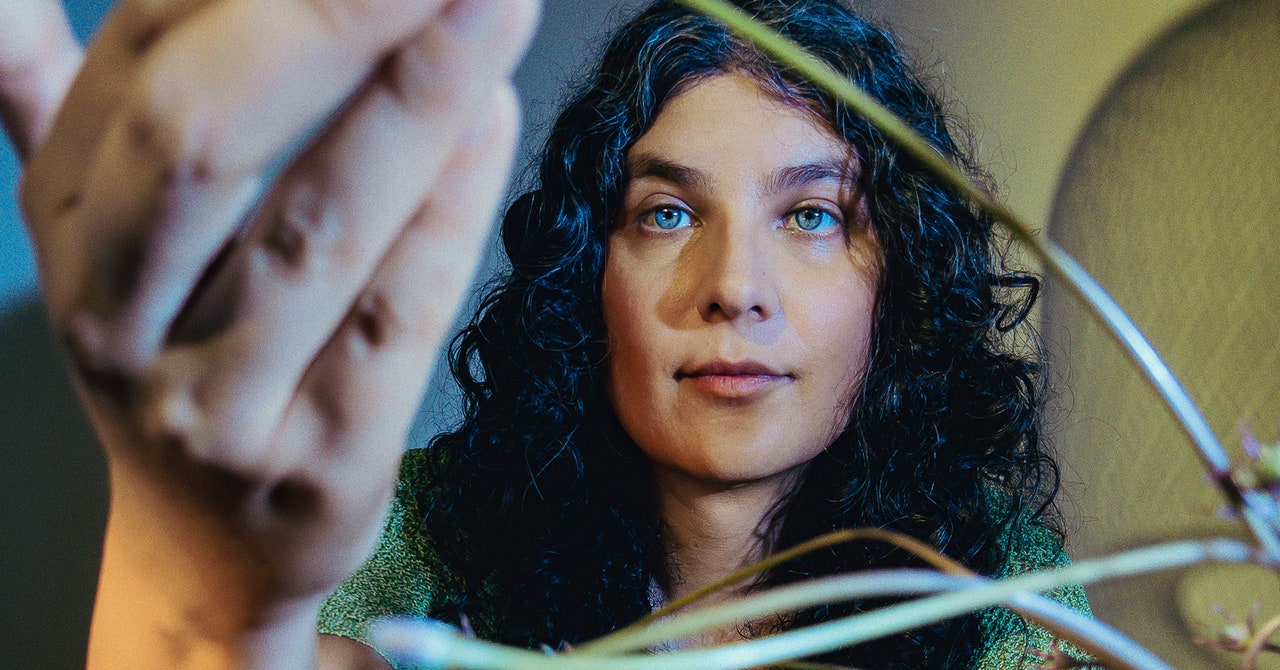Gill-Peterson’s work has illustrated for Branstetter the narrowing effect that identity-first politics can have at a time when “we need solidarity across difference,” she says. “Not just because my day job is almost by definition identity-first, but also because, as Jules’ work shows, identity itself is something we are often forced to shape for ourselves from what violent systems have left for us.”
Over the years, Gill-Peterson’s work—which, in addition to both of her books, also includes her editorial duties at Trans Studies Quarterly and her cohosting duties on the Death Panel podcast—has shifted focus toward constructing trans histories that lie beyond the research of American medical institutions. Her next book, Transgender Liberalism, forthcoming from Harvard University Press, will further shift that focus, presenting a “history of class differences between trans people and the ways in which the state and, by extension, medical institutions have served to not only delineate but intensify those differences,” she says.
The project began as a history of DIY transition, medical or otherwise, but reoriented over the course of her research as she realized how divergent our histories of the subject are. “Trans women and trans men’s transition practices are basically completely separate until the last 40 or so years,” Gill-Peterson says, adding that the latter group has historically experienced upward mobility even without hormones while the former group has not.
One of Transgender Liberalism’s main arguments, she tells me, is that trans health care in the US was formed to specifically address one group of people: poor trans women, who, despite sometimes being fixtures of certain queer neighborhoods, had become largely locked out of the labor market by the middle of the 20th century, with their lives and livelihoods criminalized and policed.
“The entertainers, the sex workers, the girls on the stroll—they were important culturally but living in extreme poverty for the era, not experiencing the same rise in income and wealth that others, specifically white Americans, were experiencing after World War II,” Gill-Peterson says. “The gender clinic was created to coercively rehabilitate them,” or at least some of them, “into working women and get them back into the economy.”
This month, the Supreme Court is expected to issue its ruling in United States v. Skrmetti, a landmark case examining the constitutionality of Tennessee’s ban on gender-affirming care for trans youth. It’s possible that the court will strike it down on the grounds that it’s discriminatory on the basis of sex, thereby giving the ACLU the legal precedent it needs to challenge similar laws in more than 20 other states, or at least the ability to return to the lower court that upheld Tennessee’s ban in the first place.
Such victories are unlikely, however, given the bench’s conservative majority. As to what the worst-case scenario might look like, “the worst-case scenario would be that things stay the same,” as Branstetter told me in a recent interview for Dazed. For the trans kids and their families who live in those states that have restricted youth access to lifesaving health care, “the world has already ended.”
Still, as Gill-Peterson makes sure to note, the mere existence of a law that grants people “the right to change sex,” as the Pulitzer Prize–winning critic Andrea Long Chu once termed it, does not in and of itself make it possible for a person to do so. Therefore, she says, fighting for the freedom to medically transition demands a more comprehensive strategy than focusing on one single court ruling. “It demands a bread-and-butter approach,” one that prioritizes economic security and adequate resources for all, she says.
“One of the big findings I’ve taken away from this research [for Transgender Liberalism] is just how much the cost of medical transition has skyrocketed since the 1960s” when “transsexual women faced an average cost of $3,500 total for psychiatric evaluation, ancillary care, and surgeries at a gender clinic,” which translates to about $35,000 today. By the 1990s, that amount had doubled. A trans man’s phalloplasty, on the other hand, nearly quadrupled in price over that same time frame, totaling just over $200,000 by century’s end, when adjusted for inflation, which is “out of reach on a practical level for most people,” says Gill-Peterson, stating the obvious.










